Today is a sad day in the industry. Intel told partners last week that Ponte Vecchio is starting its sunsetting process. Instead, it seems like Intel is focusing its production capacity on the Intel Gaudi 2/ Intel Gaudi 3 and then ramping its converged HPC and AI Falcon Shores GPU for 2025. This follows the company’s announcement that it was skipping Rialto Bridge for Falcon Shores. It is amazing to see Intel reconfigure its roadmap on the accelerator side, but it makes sense. Let us get into what is happening.
An Ode to the Intel Ponte Vecchio GPU
We did a piece on Intel Ponte Vecchio almost three years ago. This was back when the STH YouTube was much smaller and before the main Austin set was built-out calling Ponte Vecchio a “Spaceship GPU“.
For those who have been following the journey, the Ponte Vecchio GPU was first publicly detailed at SC19.
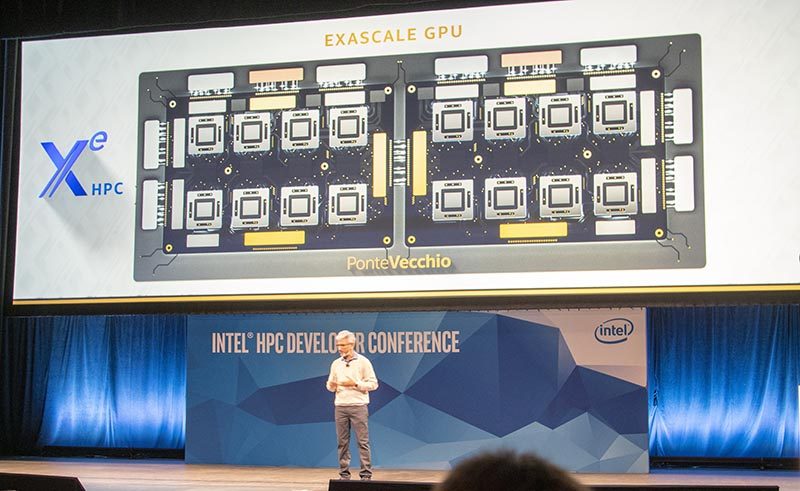
Over the years, it had been an engineering marvel combining dozens of pieces of silicon. It was shown as an engineering feat on Intel’s road to its current Intel Foundry model. For something shown in 2021 this was an almost unfathomable chiplet-based GPU at the time.
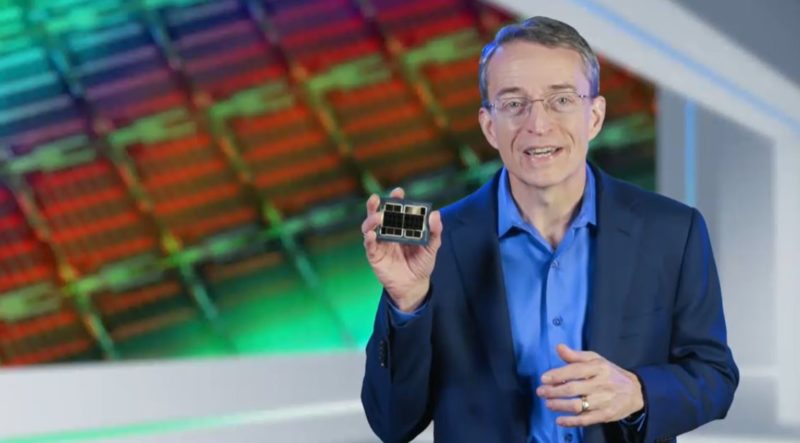
I first got to touch the package two years ago in early 2022. I see a lot of silicon, so it was like looking at something from the distant future at the time.
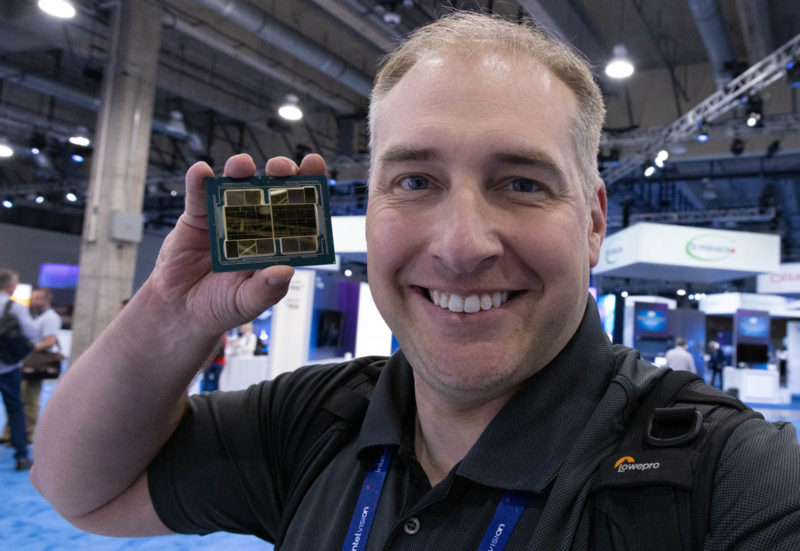
Later in 2022, the liquid cooled OAM modules were out.
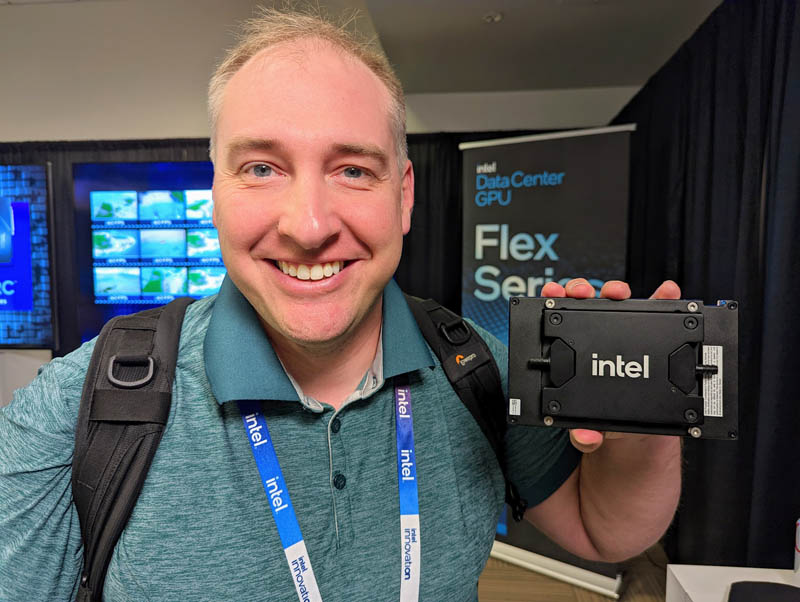
Here is the packaged chip.
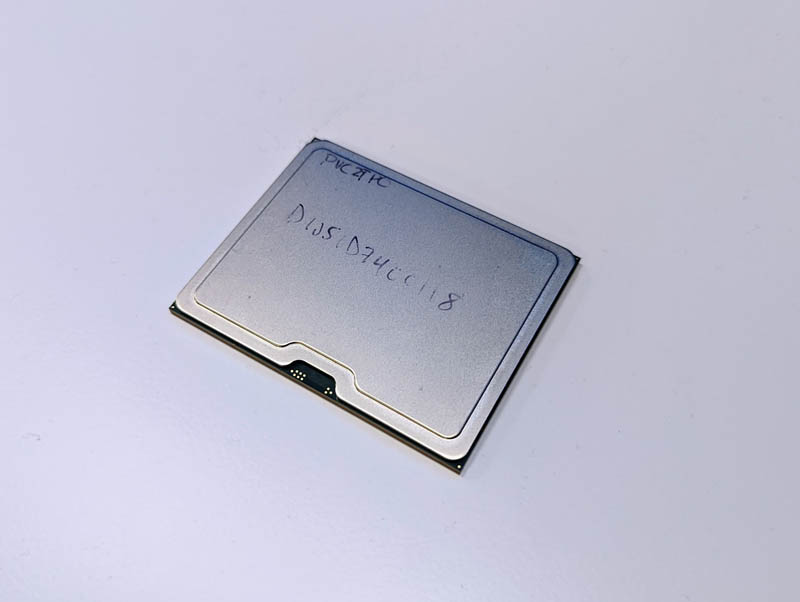
This is a big GPU designed for the Intel Aurora supercomputer that just took the #2 on at ISC’s Top500 list release as the second Top500 Exascale entry.
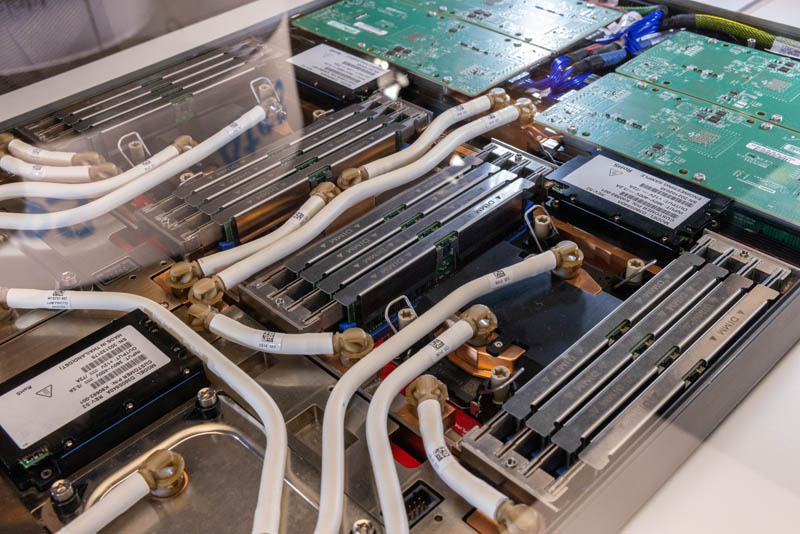
Aside from the OAM module for supercomputers, there was a PCIe version of the Intel Data Center MAX GPU as well.
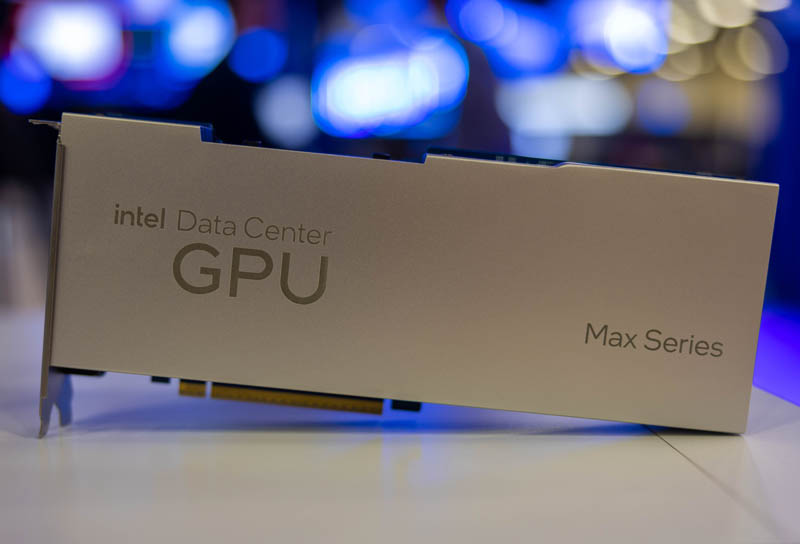
Here is a shot of the Ponte Vecchio package on the PCIe GPU.
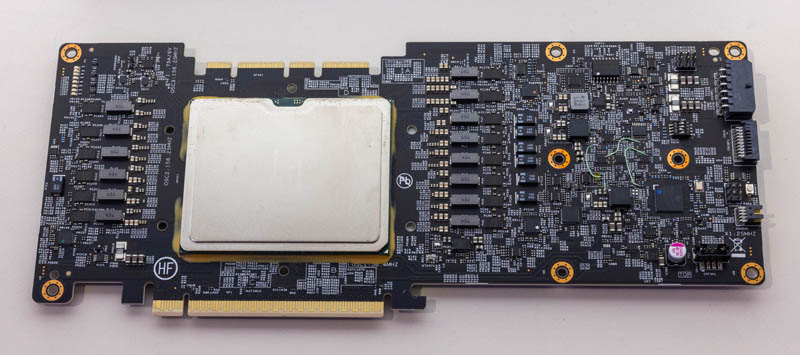
Here is the PCIe GPU again with me for scale.
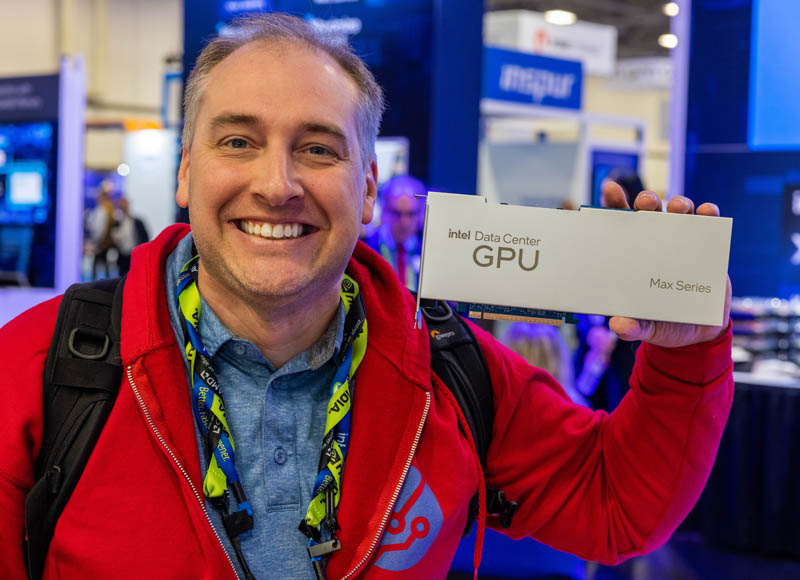
These GPUs were not just prototypes. We saw them running in Supermicro systems for example. These were installed in 8-way PCIe GPU servers in the same GPU server we did the NVIDIA L40S is the NVIDIA H100 PCIe piece in last year.
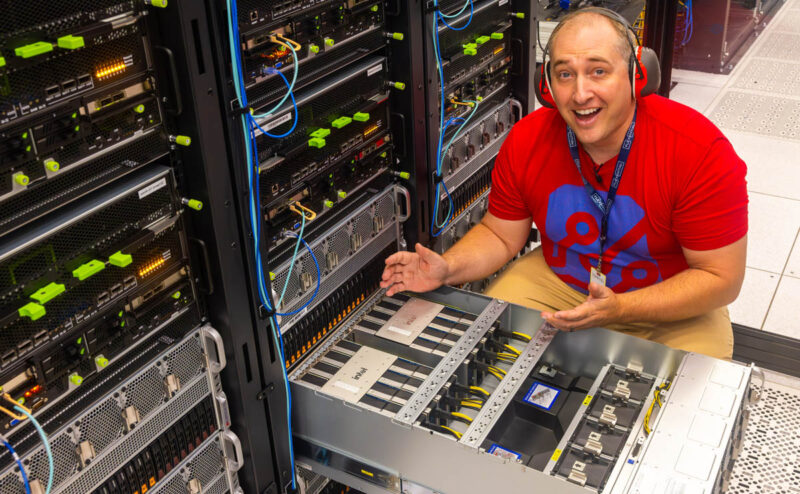
That photo was from the cluster we saw of these GPUs when Touring the Intel AI Playground – Inside the Intel Developer Cloud last summer.
It is almost crazy how many photos I have taken with Ponte Vecchio over the past few years.
What is the Path Forward for Ponte Vecchio?
I had the opportunity to chat with Intel’s management today. Let me try to distill what I heard from OEMs last week and have it converge with what Intel told me.
As of last week, Intel Ponte Vecchio is moving into a new phase. Instead of hunting for new clusters, it is going to continue to be sold and filled into existing clusters. Likewise, the Intel Xe architecture is important to the company, so Intel is still going to continue developing the software behind Intel Xe as it moves ahead to Falcon Shores, hopefully next year.
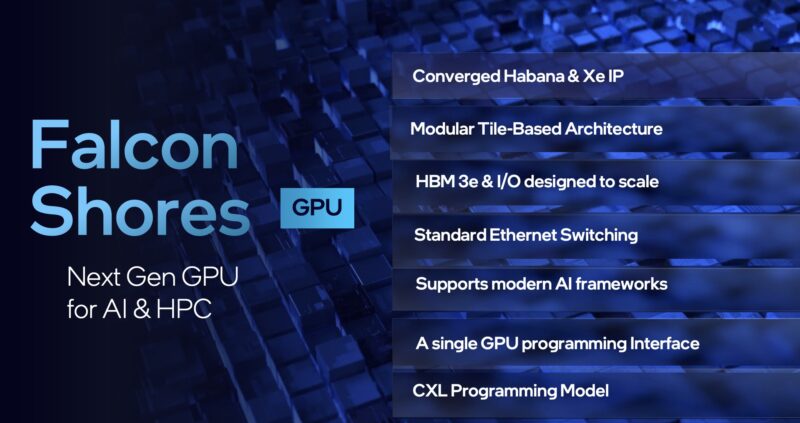
In the meantime, if you want to do AI, use Gaudi 2/ Gaudi 3. If you want to use Intel Xe GPUs for HPC, then you have two options. First, you can get on one of the existing clusters or clusters that are in the process of being built. Second, Intel is going to continue to deploy Ponte Vecchio GPUs into the Intel Developer Cloud alongside Gaudi 2 and likely more Gaudi 3 in the future.

If you want to buy a new Intel Xe GPU cluster, then the next step is Falcon Shores.
Final Words
As one may have seen, I have taken a lot of photos with Ponte Vecchio over the years. At the same time, the data center spend is certainly shifting to mixed precision AI accelerators and that is a much larger TAM than the traditional HPC market. Intel currently has two data center accelerator lines that it will converge in the next-generation, so in the meantime prioritizing the line for the bigger AI market makes a lot of sense. This is an intensely competitive segment, and Ponte Vecchio was shipping in 2022, making it an older GPU in the market.
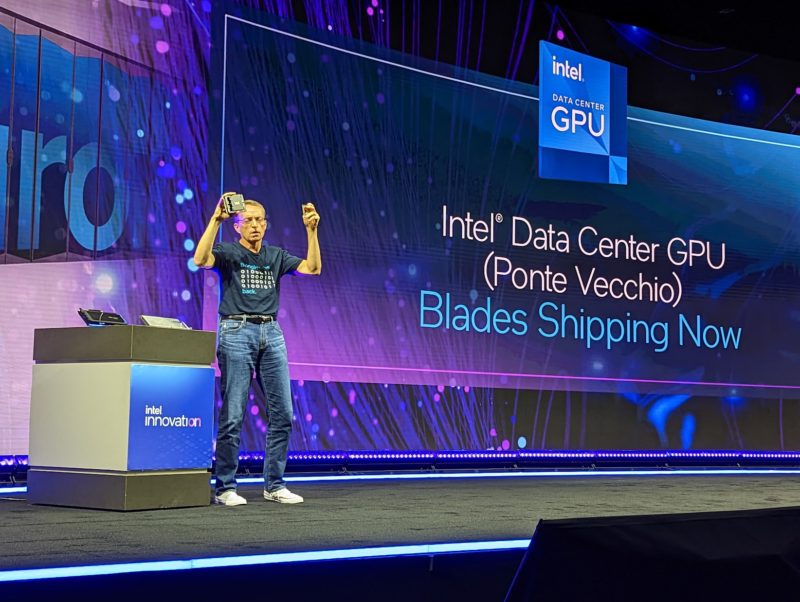
Most of the folks in the HPC space are probably learning of this transition plan already, but it feels a bit like the end of an era watching Ponte Vecchio go through its lifecycle from a concept to an Exascale supercomputer accelerator, to a product that is more in a support phase.
One thing is for sure though, a lot for Intel is now riding on Falcon Shores.

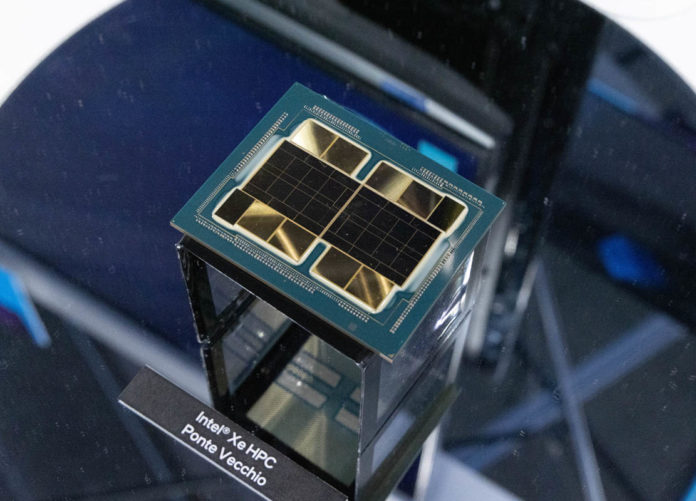



PVC was a waste of sand from the beginning. A pipe cleaner at best. 72 tiles to barely compete with Hopper is really a disaster.
I don’t know where the sudden Intel fanboying is comming from. Ponte Vecchio wasn’t “ahead of its time”, it was behind the time, notably on efficiency, if nothing else because it was seriously delayed. That’s why it was soundly defeated by particularly Nvidia, but also increasingly competitive AMD Radeon Instinct iterations.
As a member of the press, you should show more objectivity in such matters.
So, in essence, Ponte Vecchio is a sad loss, because you hold the product and took crazy amount of photos with it ?
How are the Ponte Vecchio/ Falcon Shores and Gaudi roadmaps going to converge? Are they software compatible?
So given that PV is a dead end, I wonder whether that means the consumer version (Arc) will also hit a brick wall and vanish in a puff of smoke.
autarch you’re kidding me? They have functional silicon made 2 years ago installed in an Exascale HPC system. Nobody has been able to make that many tiles in a chip at that production quantity since. I’d say for sure it was ahead of its time.
The only good part is that AMD has become competitive so there’s some competition for NVIDIA now even when we thought it would be Intel as a NVIDIA competitor in 2024.
As I said before, Intel tries chiplets more rather because they think it’s cool,
While AMD uses chiplets because they don’t have a choice.
i.e AMD does things out of necessity and not to make it absolutely crazy. PVC was a bad idea and it’s proving to be a particularly shit idea.
Typical Intel.
1:1:1 FP 16:32:64 was always a bit of an odd duck. Rather like how it took AMD a while to figure out that FP16 really actually mattered in GPU compute.
@AldiK putting a large number of chiplets in a product was ahead of its time. A real packaging tour de force. Supercomputers are measured in FLOPS and watts and dollars though, and PV was not really that great on any of those measures.
Let’s not get into the matter of backward/forward source code compatibility… Intel just EOL’d it.
Itanium comes to Mind – Brilliant Idea, People, Manufacturing … but slow to Market, and, sadly, a failure in the End. At least they tried, and many Details will live on in other Products.
Intensely competitive? Think again. In the field of Data Center compute, one company has 95% market share and the ROW has the balance. Where is the competition? Or did you mean to characterize competitive intent as intense?